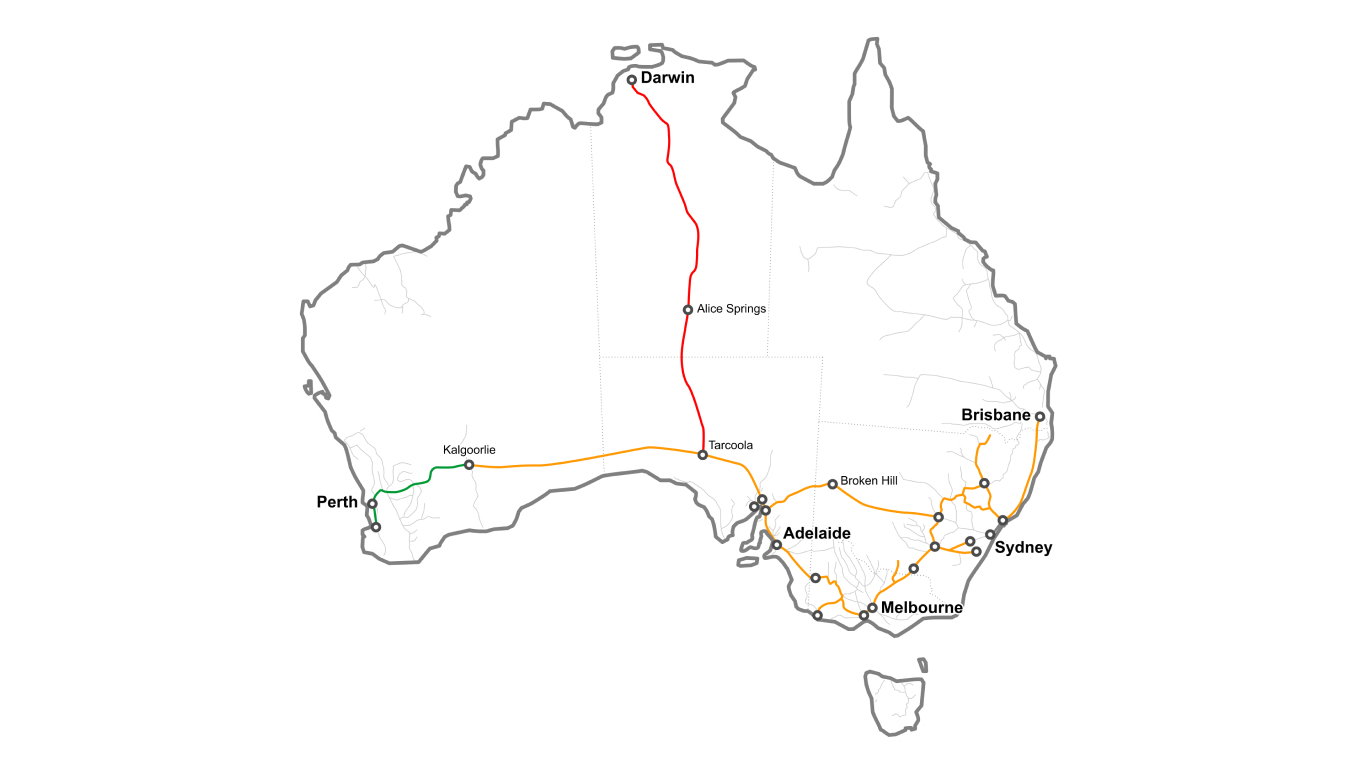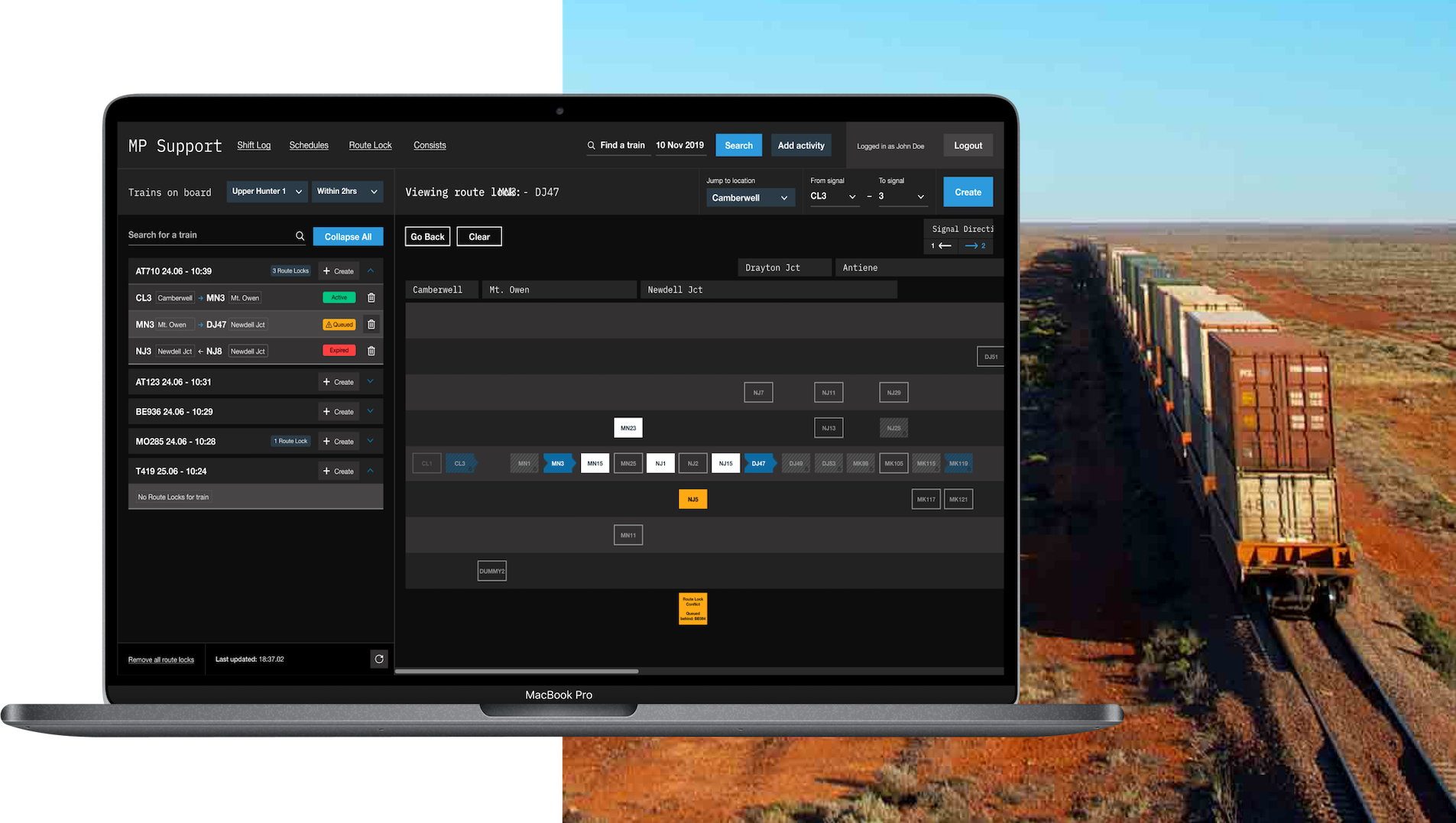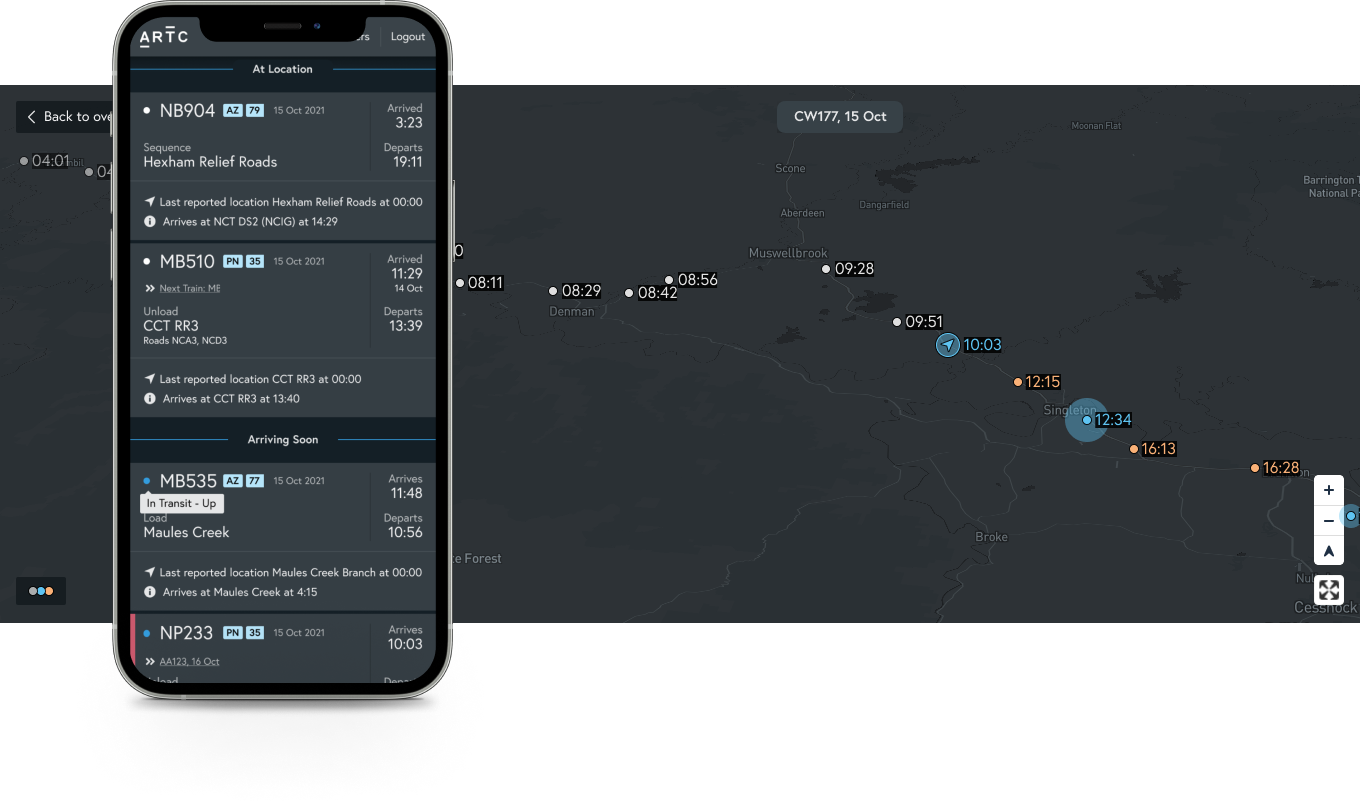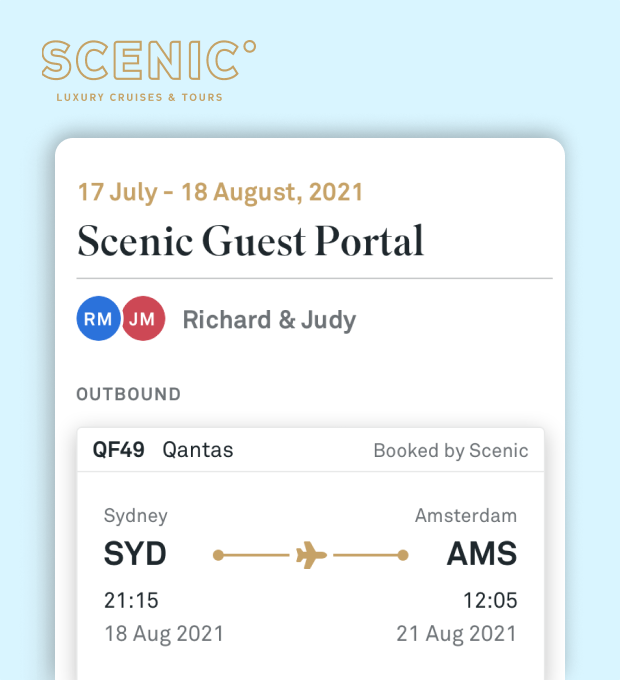Improve operational capability in the Hunter Valley rail network and transform service delivery
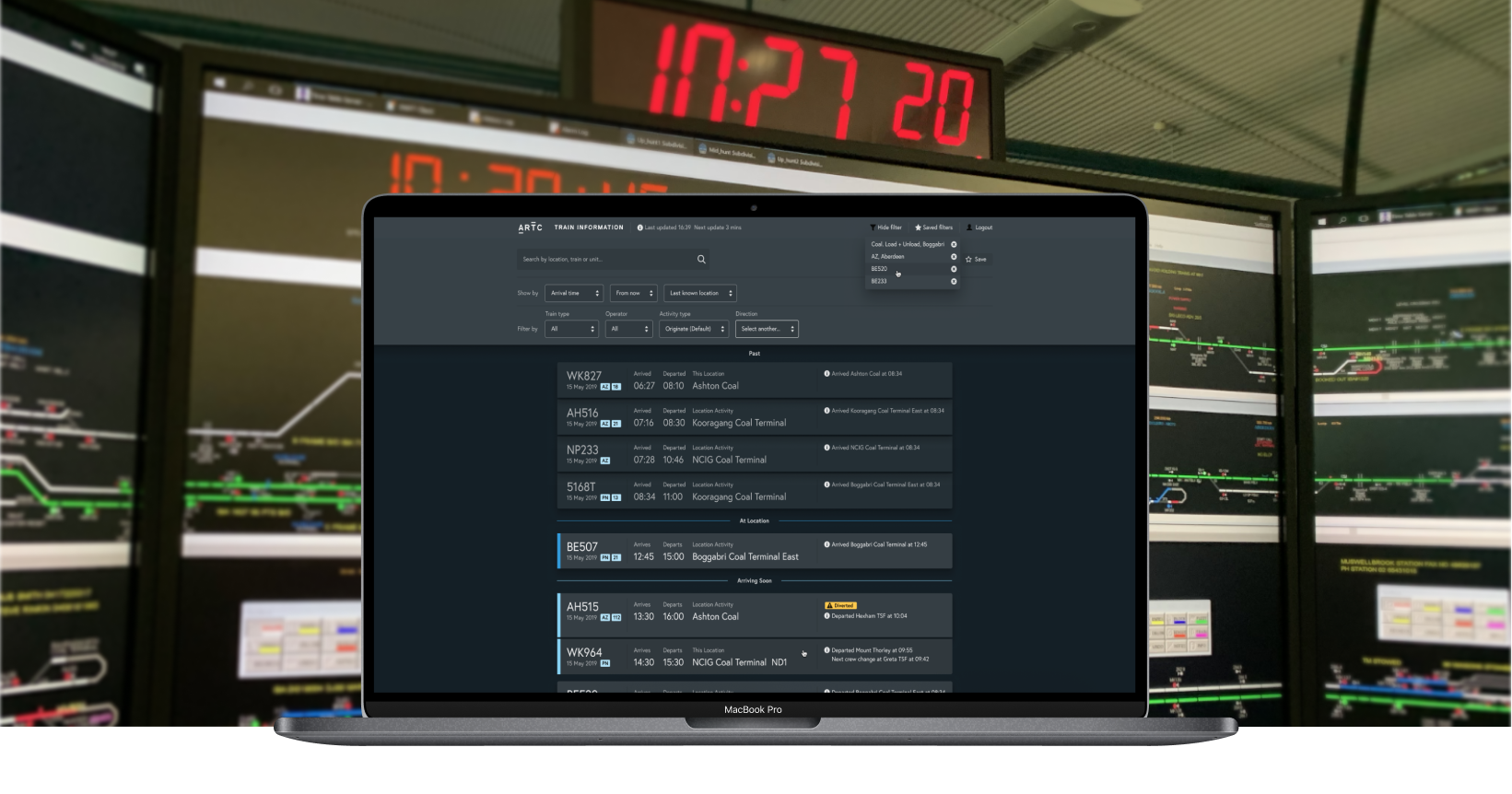
ARTC operates one of the largest rail networks in Australia, spanning 8,500km across five states, 39 work-sites and more than 50 First Nations. They provide and maintain the infrastructure that train operators run on.
The ANCO (ARTC Network Control Optimisation) Program ran over a three-year period from Jan 19 - Mar 22. It was designed to transform service delivery in the Hunter Valley rail network by fundamentally changing the operational capability of the network management.
With a host of different user types, train activities, procedures and digital systems running across the network, ARTC implemented GE’s Movement Planner.

